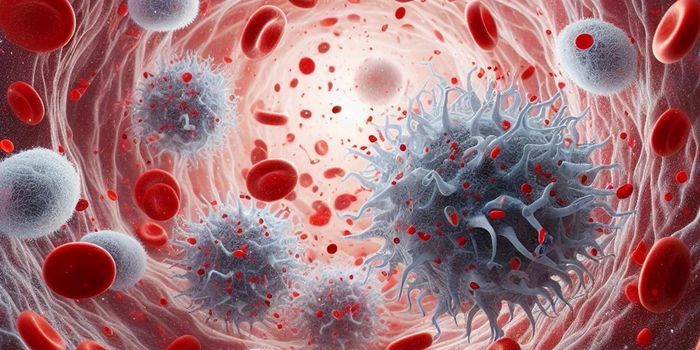Could we be over-diagnosing cancer?
Roughly one in every two people are estimated to receive a cancer diagnosis at some point in their lives, but are all of those diagnoses valid? New research from the Medical Journal of Australia suggests that we are over-diagnosing cancer.
But what does over-diagnosis mean? It doesn’t mean that the doctors are saying people have cancer when they don’t; instead, it refers to how doctors treat cancers that do not necessarily cause harm with severe cancer drugs, which often negatively affect the person’s quality of life.
Led by Professor Paul Glasziou — the director of the Institute for Evidence-Based Healthcare at Bond University in Queensland, Australia, the research compared current and past lifetime risks of cancer in order to estimate the proportion of cancer diagnoses in Australia that could be attributed to overdiagnosis. The study conducted a comprehensive analysis of national data collected by the Australian Institute of Health and Welfare to compare recent (2012) and historical (1982) lifetime risks of cancer diagnoses for five cancers: prostate, breast, renal, thyroid cancers, and melanoma.
According to the study’s findings, doctors may over-diagnose approximately 11,000 cancers in women and 18,000 cancers in men every year. As the study reports, women saw an “absolute lifetime risk increase of 3.4 percentage points for breast cancer (invasive cancers, 1.7 percentage points), 0.6 percentage point for renal cancer, 1.0 percentage point for thyroid cancer, and 5.1 percentage points for melanoma (invasive melanoma, 0.7 percentage point). An estimated 22% of breast cancers (invasive cancers, 13%), 58% of renal cancers, 73% of thyroid cancers, and 54% of melanomas (invasive melanoma, 15%) were overdiagnosed, or 18% of all cancer diagnoses (8% of invasive cancer diagnoses). For men, absolute lifetime risk increased by 8.2 percentage points for prostate cancer, 0.8 percentage point for renal cancer, 0.4 percentage point for thyroid cancer, and 8.0 percentage points for melanoma (invasive melanoma, 1.5 percentage points). An estimated 42% of prostate cancers, 42% of renal cancers, 73% of thyroid cancers, and 58% of melanomas (invasive melanomas, 22%) were overdiagnosed, or 24% of all cancer diagnoses (16% of invasive cancer diagnoses).”
These over-diagnoses have significant, tangible consequences, particularly financially and mental health. The researchers say that most over-diagnoses occur during routine screening procedures. These procedures, despite aiding in increases overdiagnosis rates, have greatly lowered mortality rates for cancer overall, so the researchers say that despite their findings, more evidence is necessary before health policies should change to reflect their conclusions.








